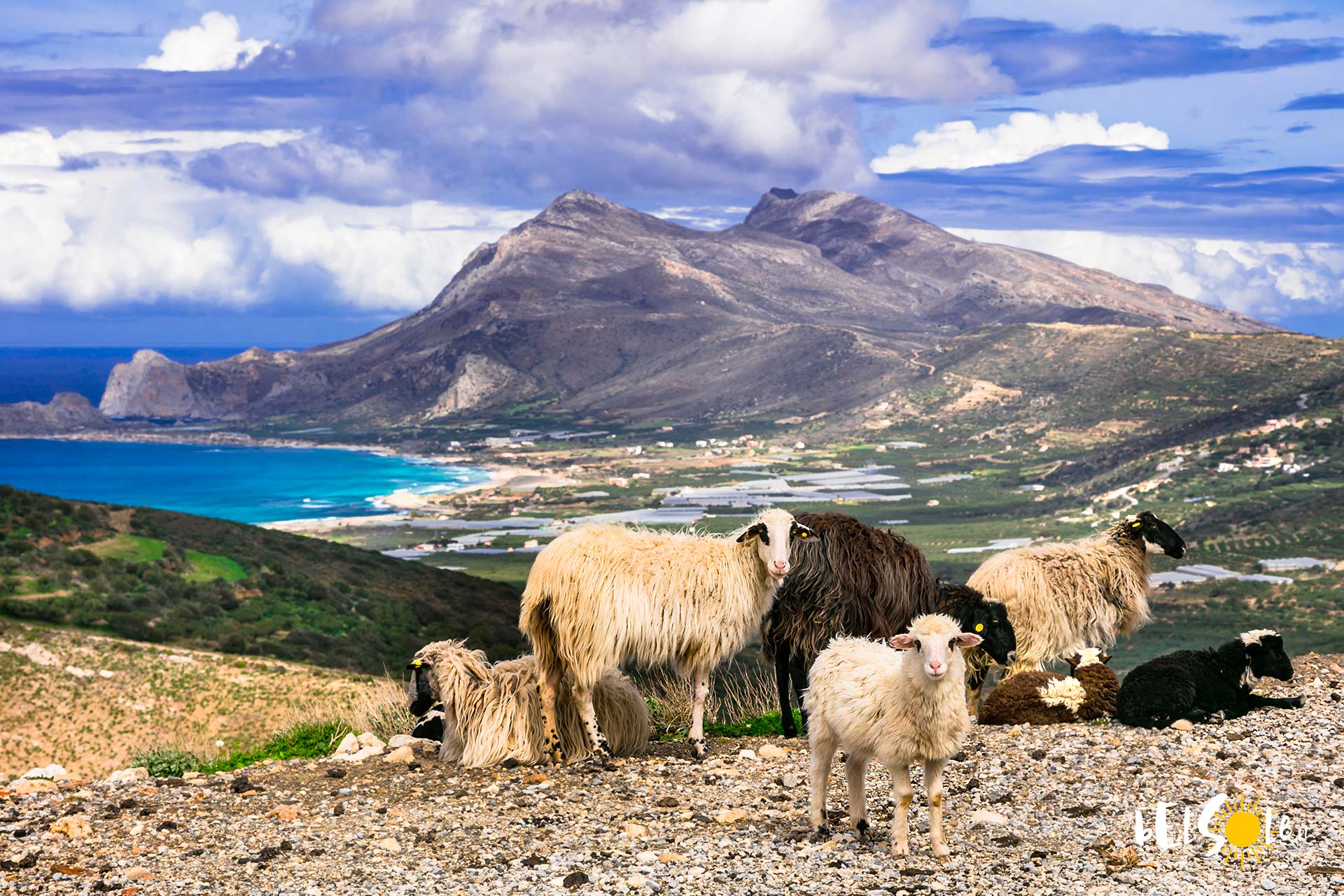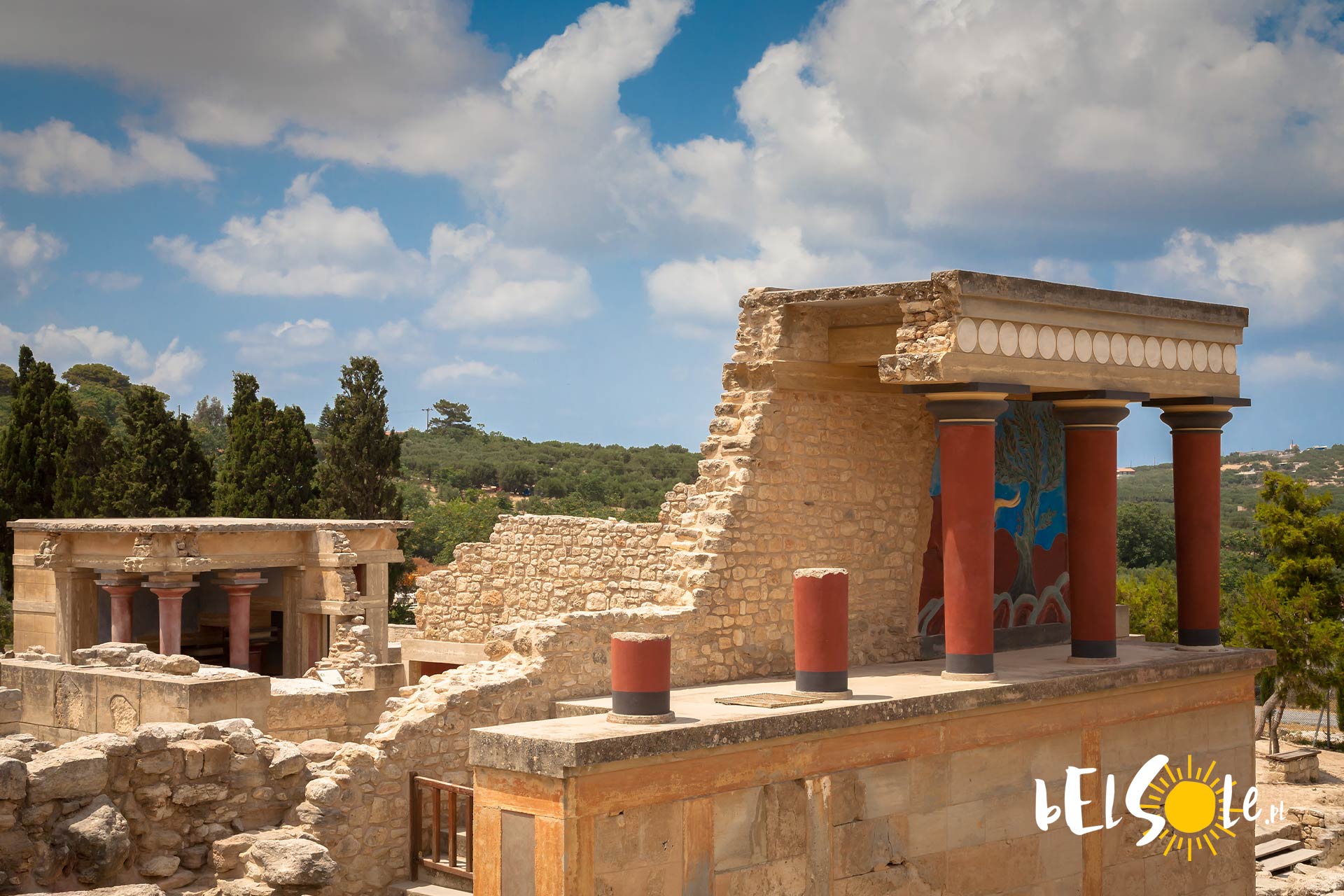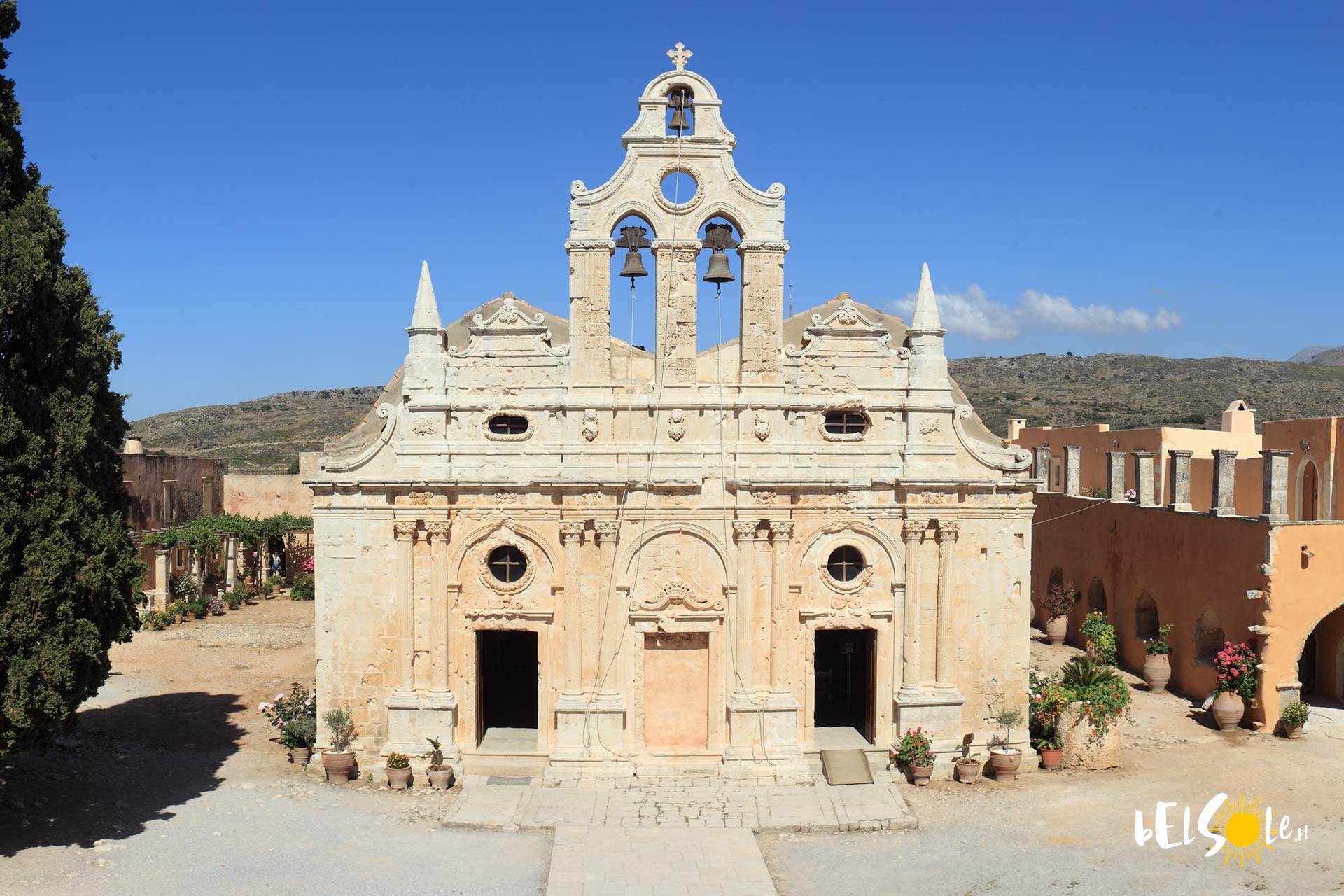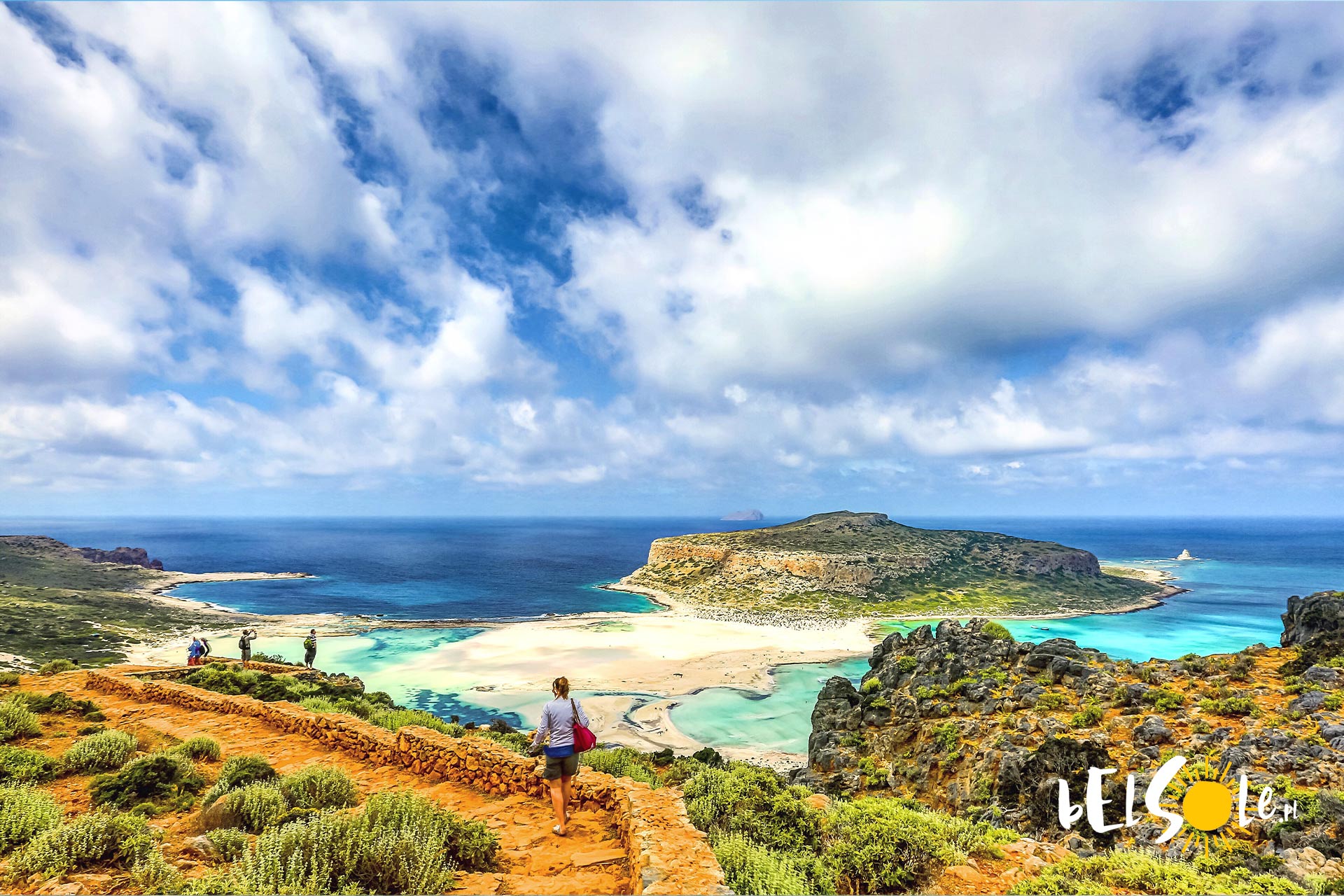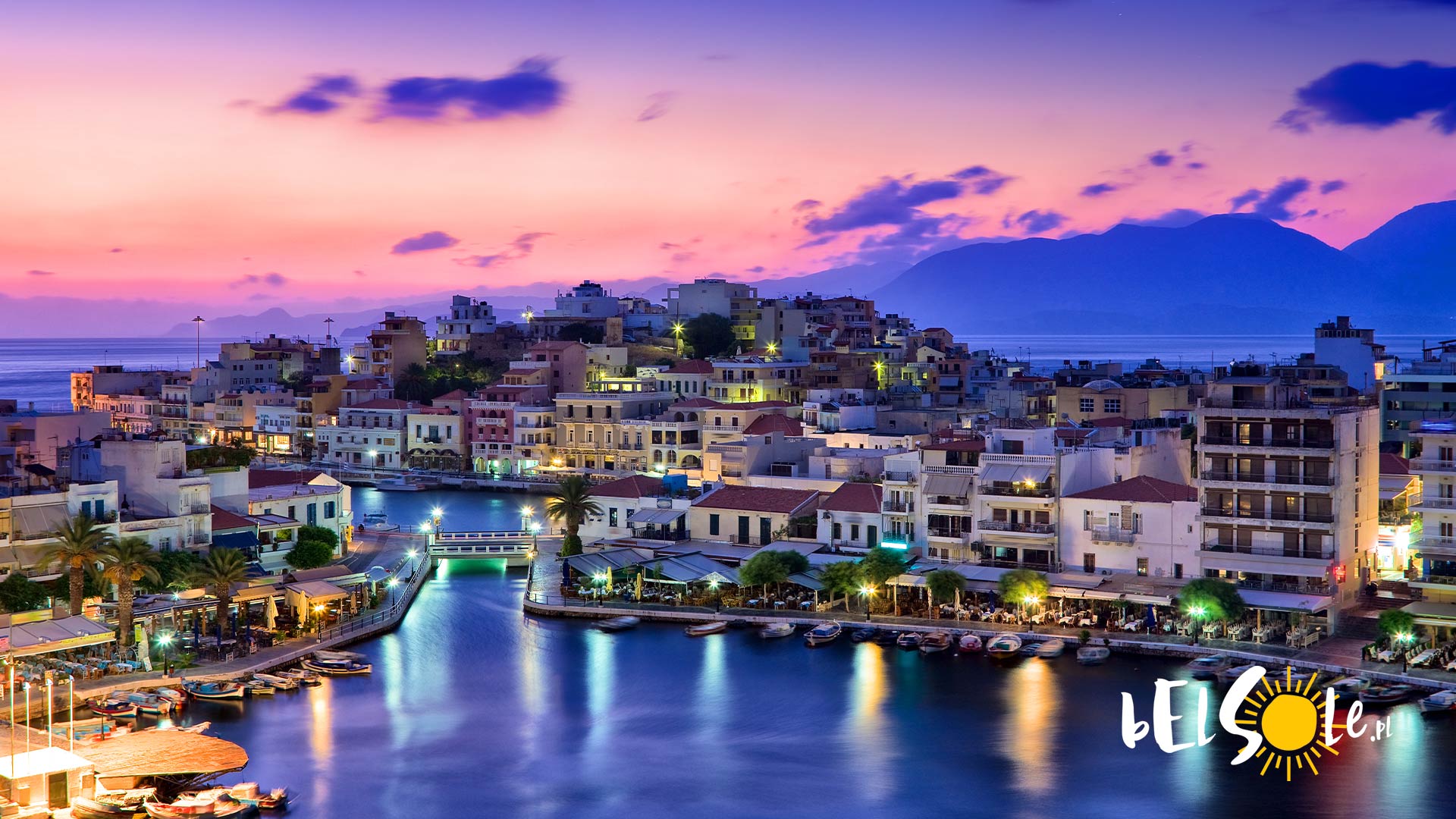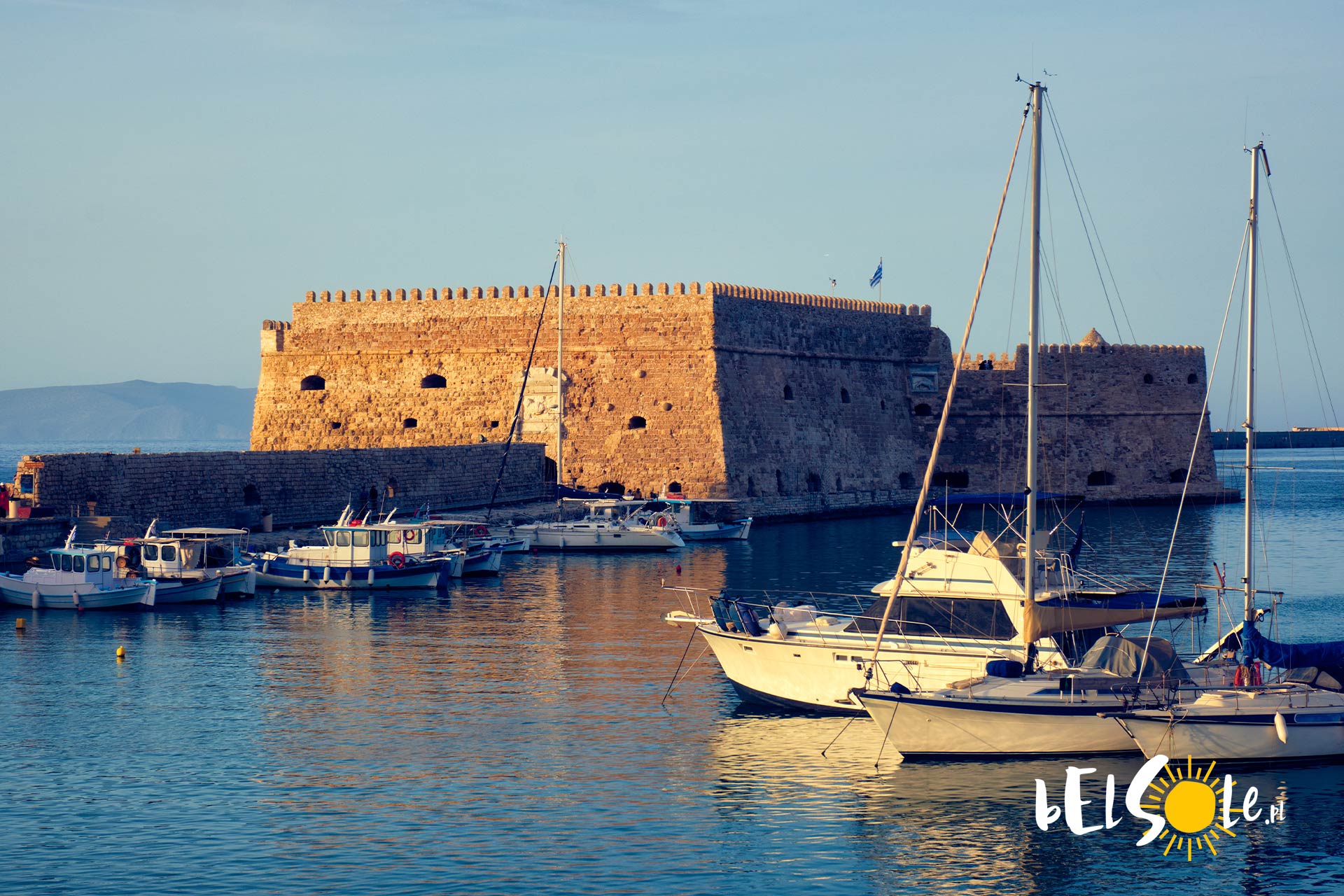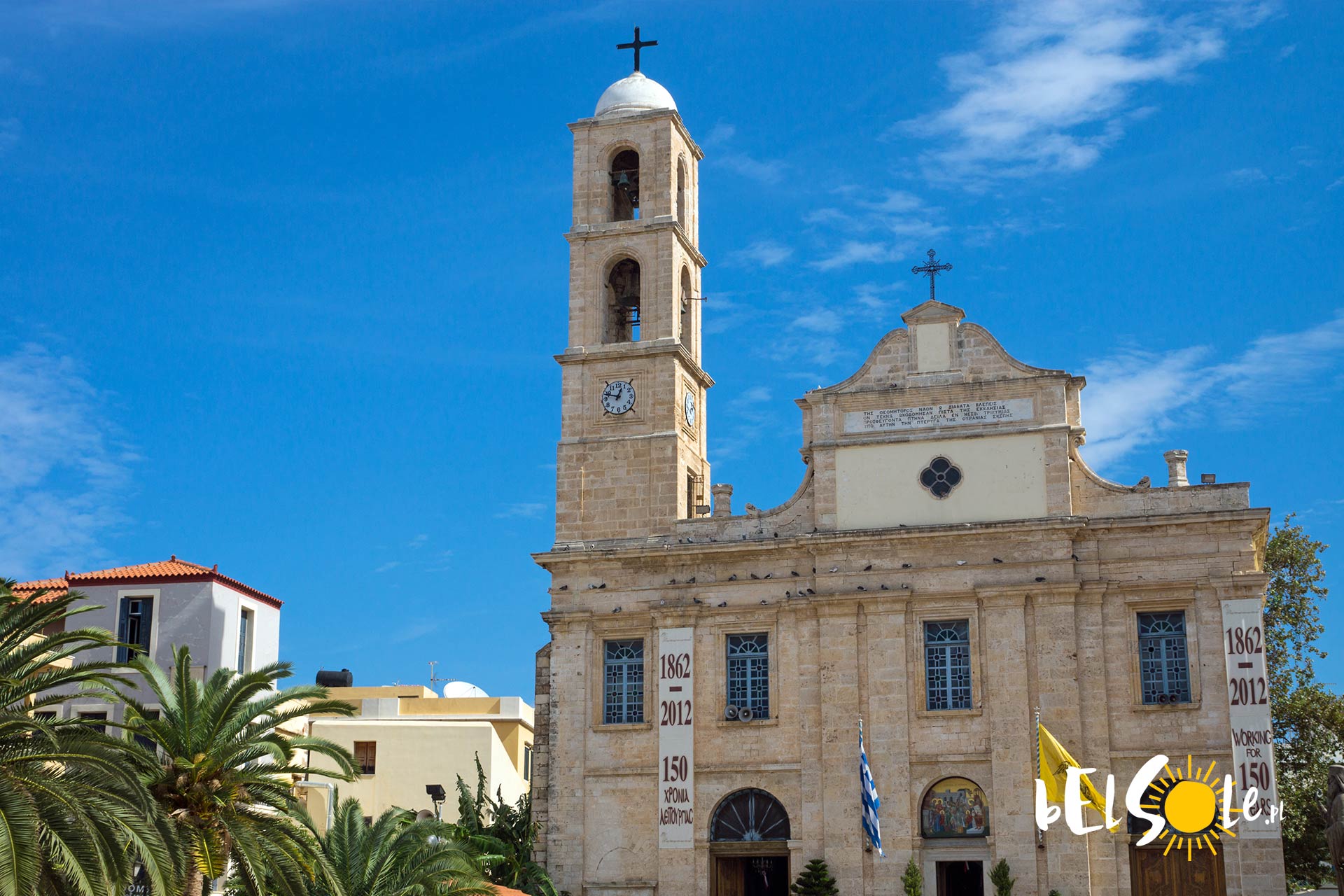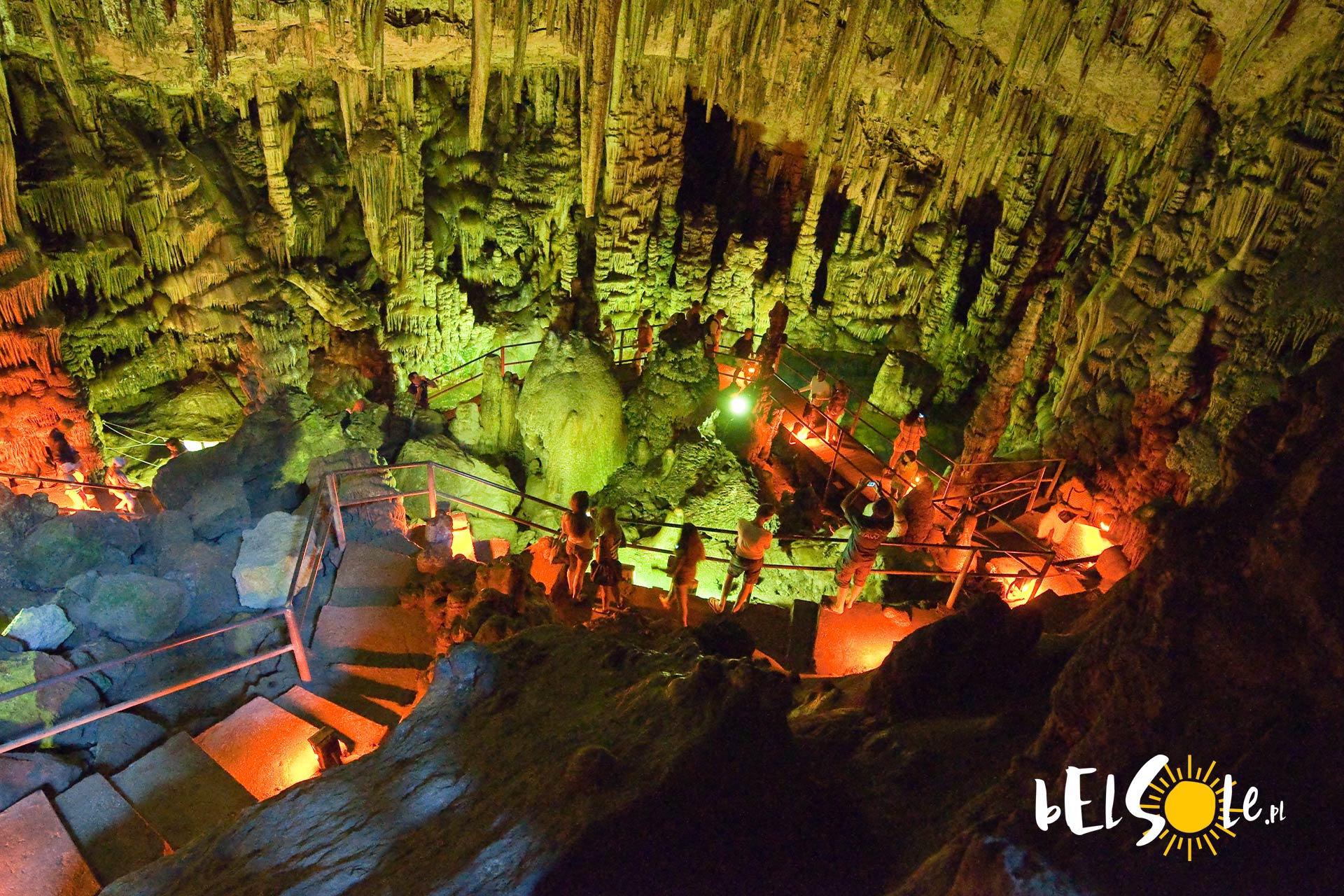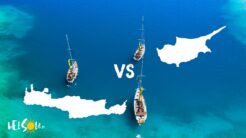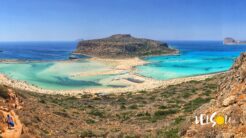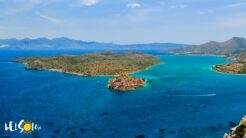Even if you’re completely unfamiliar with Greece, you’ve likely heard of Crete. It’s one of the most famous of the Greek islands and for a good reason. Today, we’ll go over just what wondrous sights it hides and which ones you’ll be able to visit yourself.
Crete
Visiting Crete
If you’re planning a holiday trip to Crete, you’re likely going to end up in either Chania or Heraklion. If you only have two or three days on your hands, you’ll likely not go beyond the area of these cities. If you have a week, you can easily do more than two thirds of our list! We left a map for you at the end so that you can find your way around and plan out an itinerary.
How can you get around Crete? If you’re staying for a bit longer in Crete, like a week, we’d recommend renting a car. There’s lots of areas that you could conveniently get to this way. If you’re on a shorter trip, buses and public transport may suffice, though it may be a tad limiting.
Palace of Minos
The famous Knossos palace
We’ll start with a cult classic – the Palace of Minos. Knossos is the largest archeological site on Crete and the oldest known settlement of the island, dating back to roughly 7000 BC. You may know it from the legend of the King Minos, the labyrinth and the minotaur. This was King Minos’ home, basically. In fact, the symbol of the bull, relating to the minotaur, was commonplace on ceramics and wall paintings in Knossos and its walls somewhat resembled a labyrinth. We don’t actually have a unifying theory about how the myth came to be, though it’s one of the possibilities.
The palace itself was likely built somewhere very, very roughly around the 1500 BC mark by the Minoans. Soon after, in 1350 BC, it was destroyed by a fire and never rebuilt afterwards. It’s located about 3 miles to the south of the Port of Heraklion. It was discovered only in 1878 by, unironically, Minos Kalokairinos. Later, the excavations were continued by Sir Arthus Evans, from 1900 to 1930.
General admission to the palace costs €11 (though you can also find tickets with the museum included on the official site of the palace for €18) and it’s open from 8am to 7pm (may close earlier from November onwards).
Phaistos Palace
Another one of Crete’s palaces
Phaistos was one of the more important centres of the Minoan civilisation. It’s suggested that Phaistos, alongside Knossos and Kydonia, were three towns founded by King Minos. You may recognise the name from the Phaistos Disk, a fired clay disk which we still haven’t deciphered to this day. Today, you can, of course, visit the remains yourself and learn about history from nearly 4000 years ago.
Admission tickets cost €8 (and €4 for a reduced ticket). It’s located about 40 miles south of Heraklion.
Arkadi Monastery
Monument in Crete
Arkadi Monastery is a temple-fortress in the centre of Crete, about 15 miles away from Rethymno. It’s not certain when it was built but some scholars propose the 5th century (AD). The church itself, however, is from the 16th century. It’s a place with a great atmosphere and beautiful surrounding area. You’ll find a large car park next to it. Admission tickets cost mere €4 and you can find them here.
Beaches in Crete
Contenders for the best beaches in the world
Yes, we’ve said it. Crete has some of the best beaches in the world. On top of that, the weather conditions on the island are absolutely perfect for beachgoers. We especially recommend the Elafonisi with its pink sand, the Balos Lagoon, the Falassarna Beach, Preveli and Frangokastello. Most of the beaches in Crete have all the equipment and services you could desire, from umbrellas, sun loungers and restaurants. The waters are typically shallow enough to be safe for kids and the waters are warm enough in the summer for long baths.
You can read more about beaches in Crete here!
Samariá Gorge
Where is the Samaria Gorge?
The Samariá Gorge is a National Park of Greece in the south-western part of the island, in the Chania region. It was formed by a river running from the White Mountains and Mount Volakias. It’s the most popular hiking route in Crete and many companies offer tours to this area, with a bus circling from the starting point in Omalos to the end of the route, in Sougia/Sfakia. You can also opt to organise the trip yourself with local buses that leave from Sougia or Paleochora.
Agios Nikolaos
A coastal city in Crete
Agios Nikolaos is a seaside city located east of Heraklion, on the beautiful Mirabello Bay. It dates back to the late Bronze Age. Today, it’s a popular tourist resort and a charming town with wonderful seaside promenades. The main attraction is Lake Voulismeni located in the centre of the town – it’s surrounded by tavernas, cafes and lovely townhouses. There are two legends associated with the lake: one says that Athena herself bathed in that lake and the other that it’s actually a bottomless crater of an extinct volcano. It’s sadly not a volcano, nor is it bottomless, but we guess you can’t really disprove the Athena stuff.
Heraklion
Capital of Crete
Heraklion is the largest city of Crete and, simultaneously, its capital. The name originates in the ancient city of Heracleion. The city you can see today dates back to 824, when it was founded by the Arabs. It changed hands a couple of times throughout history, being under Byzantine, Venetian and Ottoman control before becoming a part of Greece. You can still see remnants of the Venetian era in the architecture, like the Koules fortress and the arsenal.
Among the most popular attractions of Heraklion is the Archeological Museum full of artefacts. It’s a great starting point for exploring Crete given that it has an airport nearby. You can easily reach Agios Nikolaos, Knossos, Voulisma and Vai from here. It’s also a decent spot to stock up on souvenirs!
Chania and its Venetian harbour
Crete’s second largest city
Chania is another large city of Crete, located in the north-western part of the island. Just like Heraklion, it, too, has its own airport. Chania stands on the site previously occupied by Kydonia, a Minoan settlement. The form of the city we see today was moulded mainly by Venetians who ruled the island between 1204 and 1645. You can still find the Venetian walls, the old promenade and the beautiful harbour from the 14th century in the old town.
Chania is a good starting point for attractions such as the Balos Lagoon, Elfaonisi and Samaria.
Rethymno
A good place to stay in Crete
Another place dating back to the Minoan times, this time a port town on the northern coast of Crete. It’s also another town mostly moulded by the Venetians during their reign. We’d recommend you check out the old town, the Rimondi Fountain, the Guora Gate and the Neratze Mosque.
Psychro Cave
The birthplace of Zeus?
This is one of the alleged birthplaces of Zeus. As a result, it was used as a place of worship for a long, long time. You can visit it today and see a place dotted with stalagmites, stalactites and various other beautiful rock formations. At the bottom of the cave, there’s also a pool. To visit the Psychro Cave, you have to drive up to the Lassithi plateau, to Psychro. You can easily get there from Heraklion.
Other interesting attractions in Crete
What to see in Crete?
Two final honourable mentions go to Spinalonga, a small island which used to hold a leper colony and another Minoan Palace, this time in Malia.
We also recommend you check out the many beautiful beaches in Crete, not just the ones we mentioned in this article!
Map of Crete
Sightseeing in Crete
Attractions:
1) Knossos Palace
2) Chania
3) Heraklion
4) Samaria Gorge
5) Agios Nikolaos
6) Rethymnon
7) Arkadi Monastery
8) Cave of Zeus in Crete
And beaches:
1) Balos lagoon
2) Elafonisi
3) Falassarna
4) Frangokastello
5) Preveli
6) Seitan Limania
7) Plakias
8) Glyka Nera
9) Voulisma
10) Vai
11) Matala
12) Ammoudara
13) Kavros/Kourna
See also:



